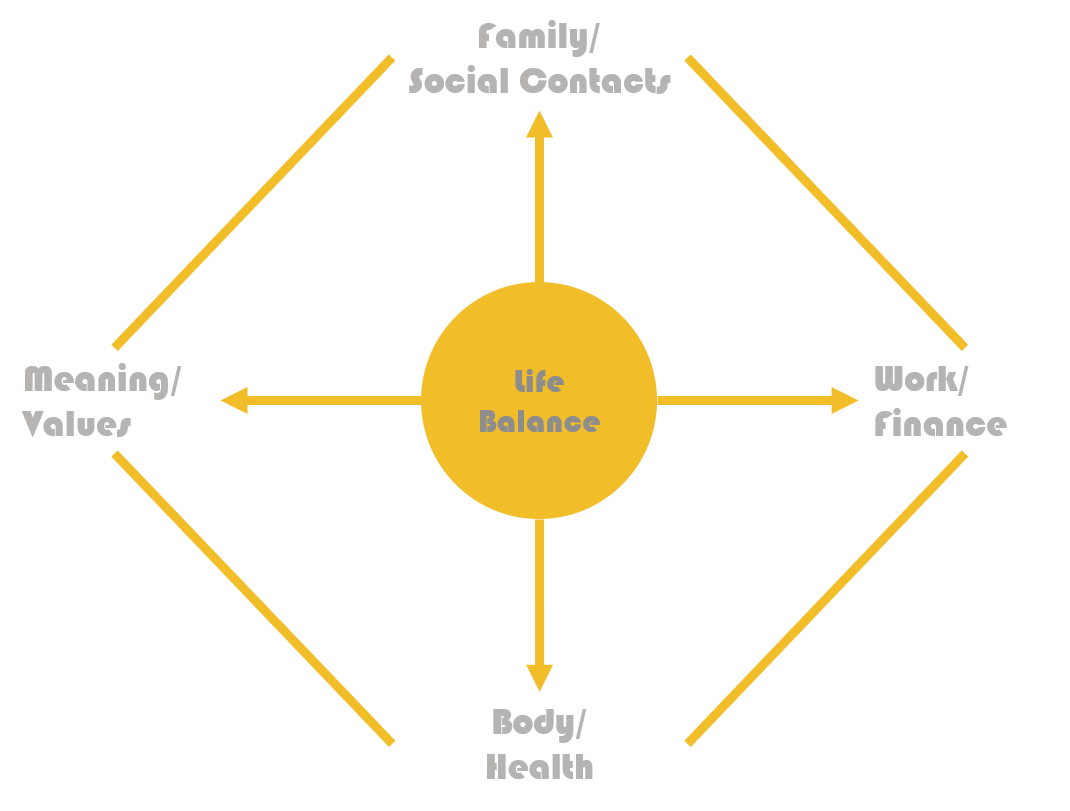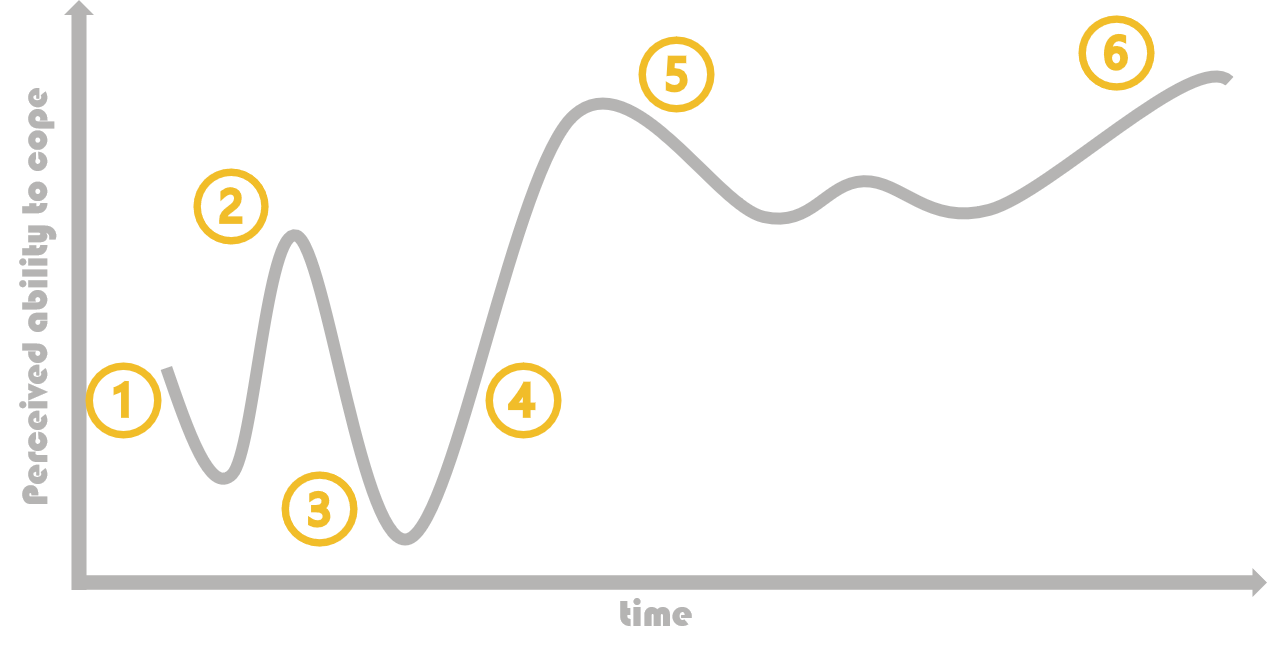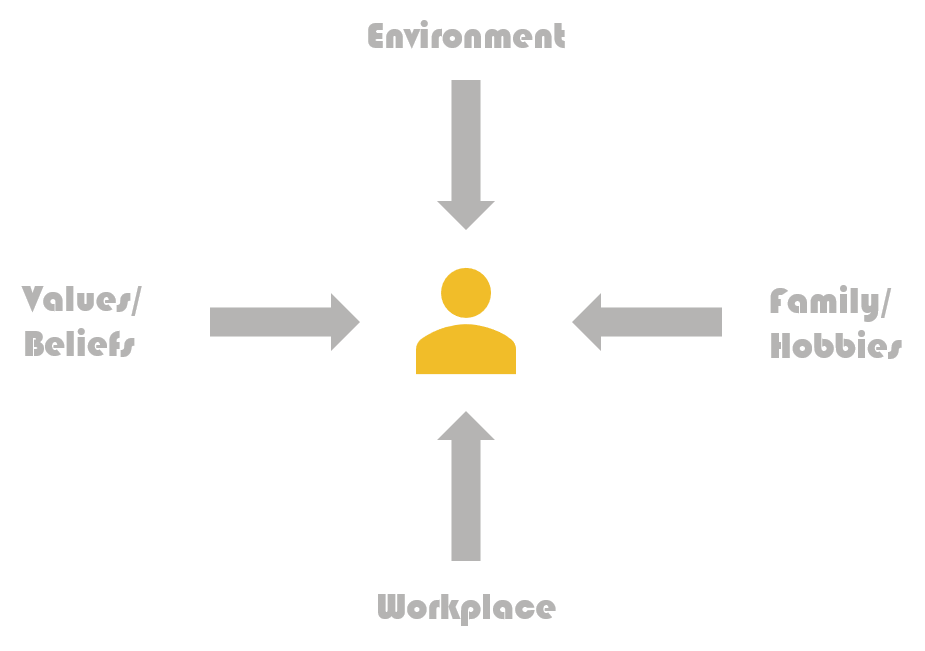Burnout Prevention
Burnout prevention coaching is primarily about identifying the factors that put you at risk at an early stage. Because if these are known, you can avoid burnout.
As a burnout prevention coach, I have developed my own formula for burnout prevention, the STRONG formula. You can learn more about the STRONG formula in the related post Burnout Prevention – A 5 Step Plan.
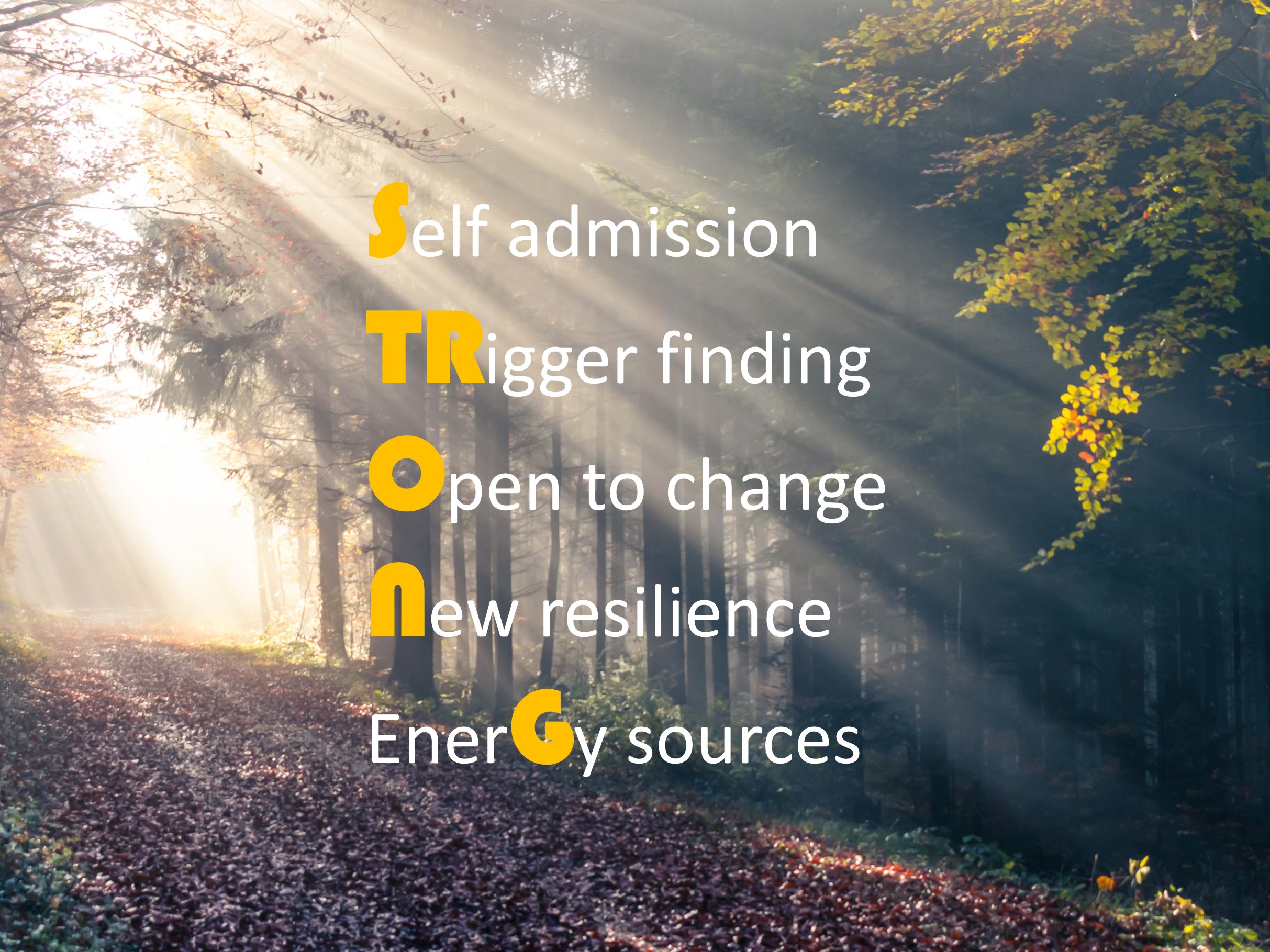
In short, here is the formula:
Self-admission: First of all, you have to admit that you need to work on yourself.
Find TRiggers: Next, you find out what the issues, circumstances, people, and more are that are taking away your energy.
Open to change: Once you know these, you can work on how to deal with them in the future and which ones you can turn off.
New Resilience: you learn techniques on how to empower yourself.
EnerGy Sources: Find out where you can recharge your batteries. There are also things or people that give you strength.
We work on these 5 points in the workshop as well as in the individual coaching sessions in which we focus on preventing burnout.
As you can see, burnout prevention is not only about what stresses you out, but also about what gives you joy and strength. You can use these insights not only to avoid burnout.
1:1 coaching
My offer to you! 1 to 1 online (MS Teams) sessions to work on your burnout prevention.
The first step is always a free initial consultation. We take 60 minutes to get to know each other and to define your goals for the coaching.
Depending on your goals, we will agree on a time frame for our collaboration and also put your goals in writing. We clarify the intervals at which we will meet for the 90-minute coaching sessions that follow.
The first meeting is without obligation and does not commit you to start coaching with me, so what do you have to lose?
Just contact me and we will make an appointment!
Price: We discuss during the free initial consultation.
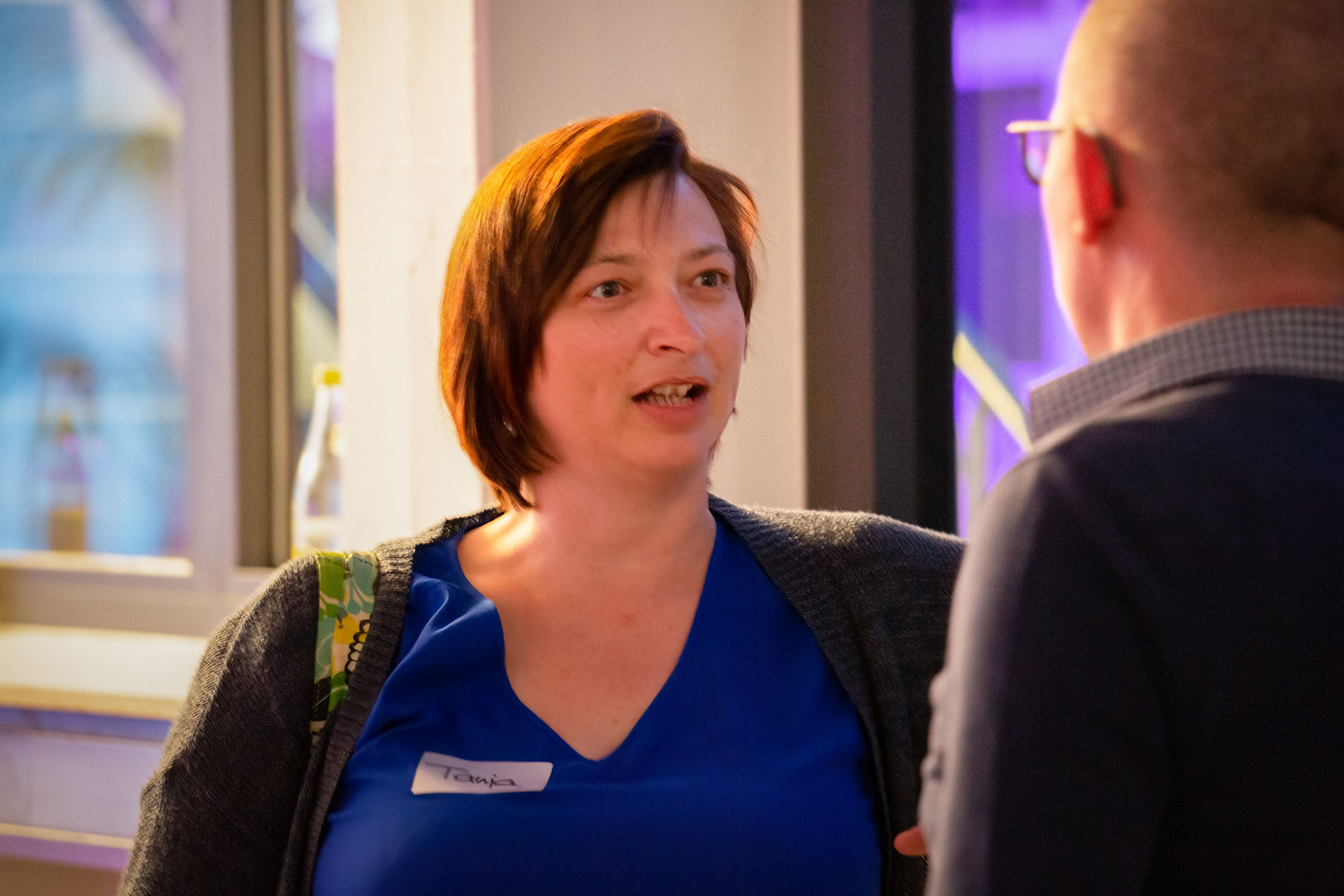

Workshop STRONG against Burnout
In a very intensive 4 hours you will learn more about burnout and develop your plan to make yourself STRONG against burnout.
The workshop group consists of a maximum of 6 participants, so that there is enough time to respond to each individual.
If you like, you can share your insights or challenges with the others and benefit not only from my knowledge. But you can also do the tasks for yourself and just take care of yourself.
More about the workshop, dates and prices can be found here.
Focus Topics
Life Balance
An important factor of burnout prevention is your individual life balance. We are happy to go deeper into this in a one-on-one coaching session or you can take the time for the “Time to reflect”.
Change your life
The O in the STONG formula speaks of open for change. This is not an easy thing to do.
If you are facing a change right now and you need support, we can do that in a one-on-one coaching session.
Stress management
You know that this is your topic to work on. Then we can focus together on the TR and G from the STRONG formula. This goes again in the individual coaching or the workshop “Time to reflect”.
What others say about me
Frequently asked questions:
There are many reasons why I chose to offer my services online.
Here are the three most important ones:
- In addition to all the daily tasks, I wanted to save you from having to drive to a life coach
- You should feel as comfortable as possible during our sessions.
- Professional and private travels should not get in the way of our conversations.
To these good reasons I now add Corona. In my work at the children’s and youth telephone it becomes clear to me again and again, that just now such an offer is very important.
Here, one can particularly highlight 3 groups of people. What all three groups have in common is that they are people who are highly self-motivated and want to achieve a lot on their own initiative. Only the motives are different.
Group 1: Perfectionists
In this group we find people who are very ambitious and committed to the tasks assigned to them and who want to get it right down to the last dot.
Group 2: Performance-oriented people
This group consists of very determined, dynamic people. They like to exert themselves and often enjoy doing so. However, if there is a lack of recognition from outside or if there are failures, this situation can become very stressful. This group also needs a certain amount of freedom to pursue their goals and needs a high degree of self-responsibility.
Group 3: Selfless people
This group approaches things with a lot of idealism. They are often selfless and responsible. They care about the welfare of others above all else. We usually find them in social professions.
These groups certainly do not describe all unambiguously and there are certainly also affected and endangered who have a mixture of the described characteristics, but should also only give an impression.
Life Balance
There is a lot of talk concerning finding your life balance. There is also more than one live balance model out there, but the one I like is from Nossrat Peseschkian.
Learn more
Well, I just love to travel! Also, if you travel with an open mind there are so many things you can learn from the culture of other countries and you will find, that some of my methods are inspired from my travel.
Or you are interested in going to South America or just want to get some impressions. You can do this on my Travel blog. You fill find information about Bolivia, Chile, Columbia, Peru and other countries I have visited. Unfortunately, I only started writing this blog after having seen already some very nice counties of this part of the world, but I try adding more countries along the way.

